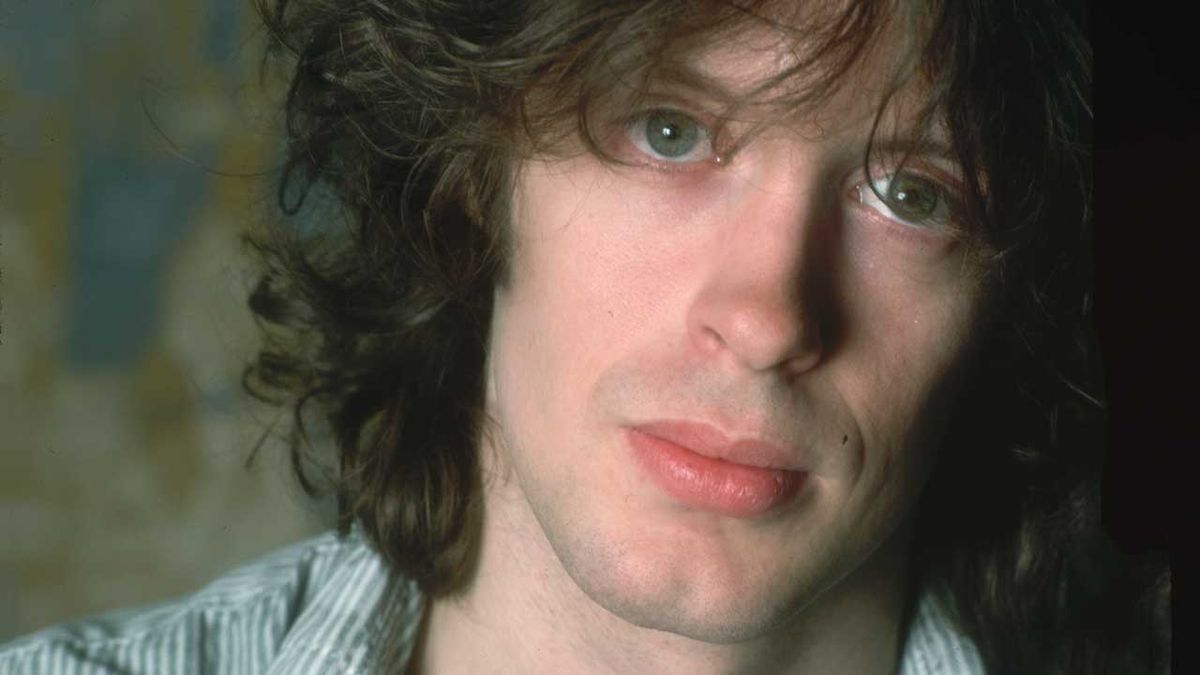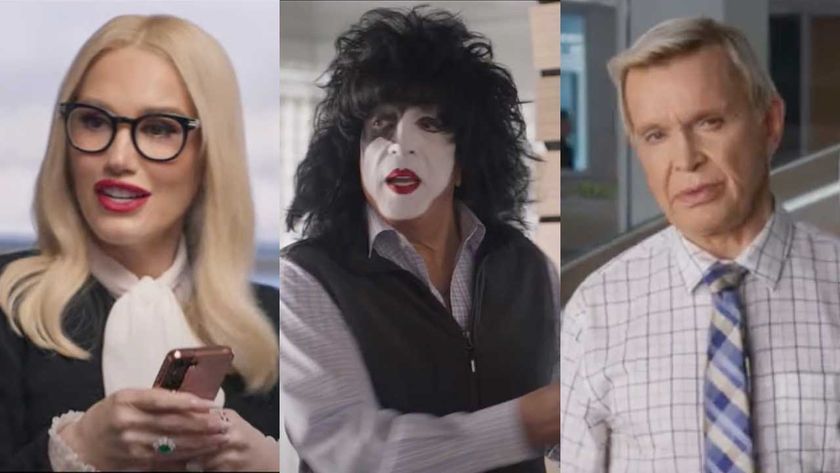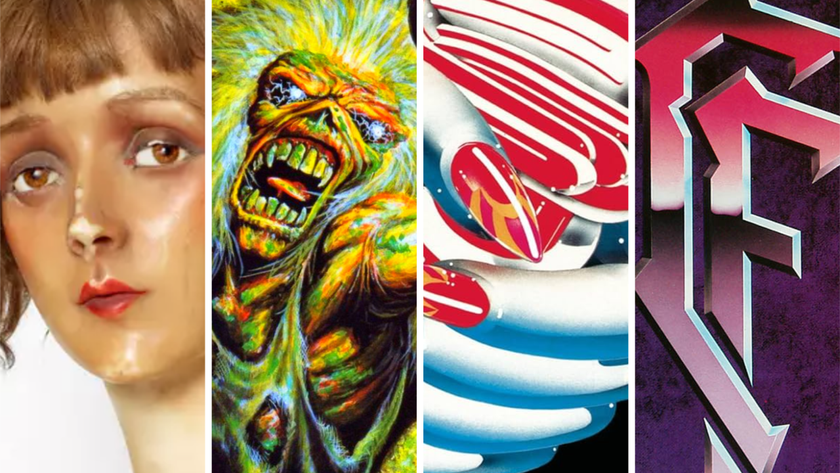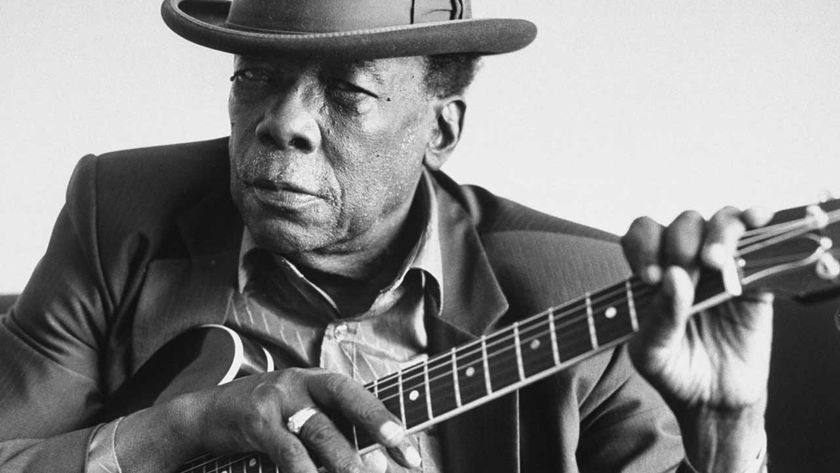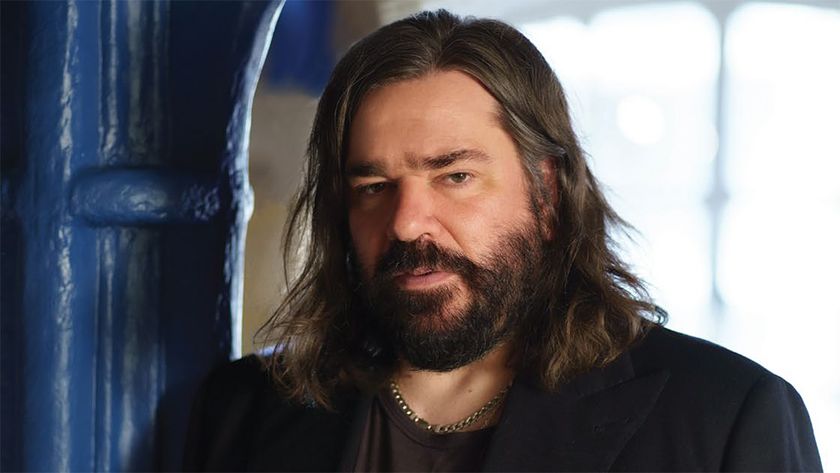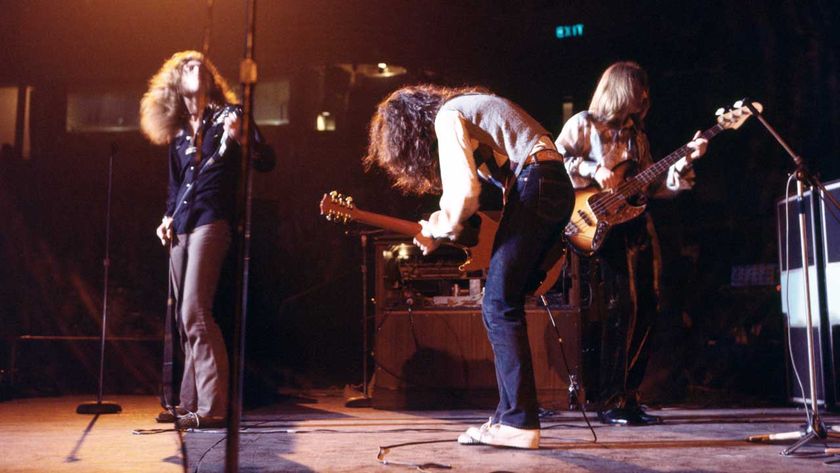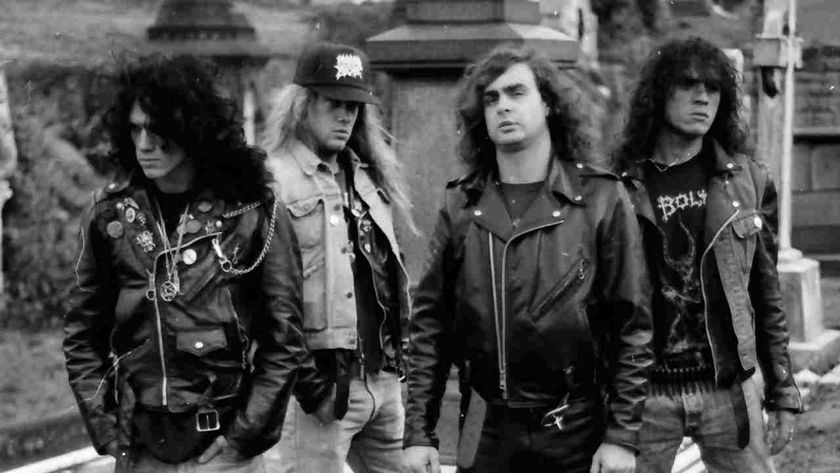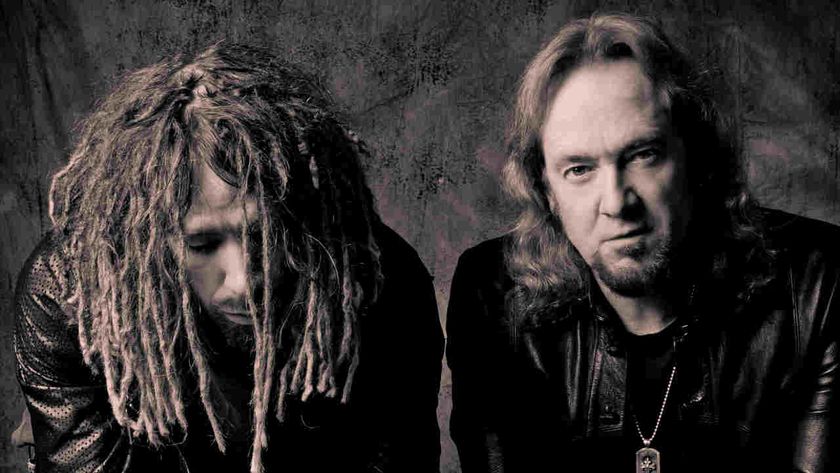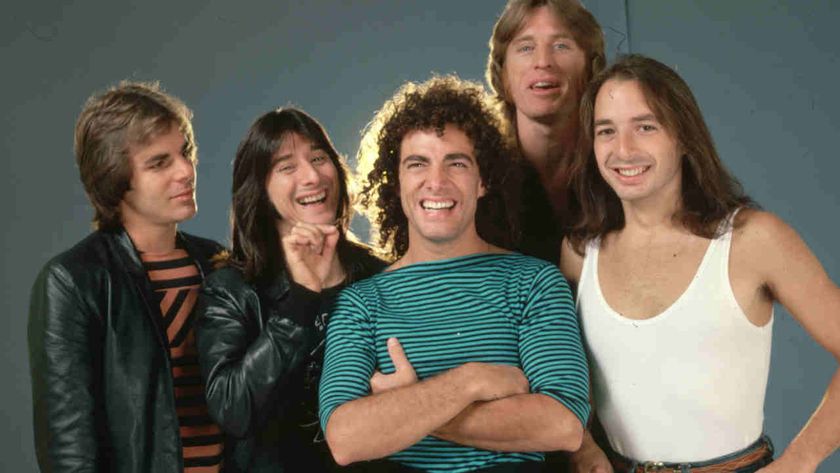The Waterboys’ most famous song was the response to a challenge. In New York City in early 1985, Mike Scott was walking back towards the Gramercy Park Hotel with then-girlfriend Krista King, when she asked him if it was easy to write songs.
“It was a cold, clear January night,” Scott recalls, “and I said: ‘Yes, it is. I’ll write one now.’ So I looked around for some inspiration, and there was a moon in the sky. This phrase ‘I saw the crescent, you saw the whole of the moon’ floated into my mind as if by magic, right on cue.”
The Waterboys’ leader scribbled it down on an envelope taken from his pocket. Back at the hotel he added more lines. On his return to London a few days later, Scott began working on the lyric in earnest. The Whole Of The Moon would become the band’s signature moment, a platinum-selling single and the centrepiece of the band’s commercial breakthrough album This Is The Sea. With its jubilant chorus and brass fanfares, it also established The Waterboys at the forefront of the ‘Big Music’, a brand of widescreen, impassioned 80s rock built for big stages and thumping hearts. It also inspired a host of cover versions, including from U2, Prince, The Killers and, most recently, Bleachers.
For the first six weeks of its life, though, The Whole Of The Moon was just lyrics on a page. It was only when Scott began sifting through demos in the studio that inspiration for the music took hold.
“For the first couple of days, This Is The Sea co-producer John Brand recorded me singing things from my songwriting book on piano,” Scott explains. “And while I was doing that, I tried some older songs of mine, in case they worked. One was called The Mercenary And The Samaritan and there’s a reason you’ve never heard of it: it wasn’t very good. But it had this really funky piano rhythm that stayed in my mind. And either later that day or the next day, I came upon this new The Whole Of The Moon lyric and tried it with that piano rhythm. It fit!”
Scott’s piano and Chris Whitten’s insistent drum pattern form the backbone of the song, but it’s Karl Wallinger’s inventive synth parts that provide movement and flex.
“I wanted the song to sound like carousel music going round and round,” says Scott. “Karl had a Ensoniq Mirage synthesiser, and my brief to him was: ‘Can you make it sound like a carnival?’ So he played it very funky, kind of like Prince’s part on 1999, but less monolithic than that. He’s constantly changing it, decorating it, withholding something for a few bars and then delivering.
"I was also really into Prince’s Around The World In A Day, which had just come out. On the track Paisley Park, particularly, there were these little four- or five-note synth motifs that had this exquisite, almost rubbery sound that you could reach out and touch. I said to Karl: ‘Could you get a sound like that and play some short melodies that fulfil the same kind of role?’ You can hear those at judicious points in the song. It’s a beautiful, masterful performance.”
Scott would acknowledge the musical debt by writing a short message on the finished label: “For Prince, U saw the whole of the moon.” The Whole Of The Moon’s great lift-off moment arrives two minutes in, with the arrival of Roddy Lorimer’s joyful trumpet. This is the cue for repeated blasts later on and another great horn riff from saxophonist Anthony Thistlethwaite, whose solo is presaged by the explosive sound of a firework with added studio echo.
“At first I tried a fiddle player for that initial trumpet part,” Scott recalls, “but it wasn’t pop enough. It needed to sound like clouds parting and the sun shining through. In my mind I had that solo from Penny Lane, the way it bursts out. So I played Roddy the song, he took a cassette home, and came back the next day with this beautiful four-part section written.”
Lyrically, The Whole Of The Moon has been open to much discussion over the years. Prince, writer CS Lewis and Scott’s former collaborator Nikki Sudden are among the names routinely bandied about as possible subject matter, reflecting the song’s sense of wonderment through the eyes of a narrator confronted by someone with greater experience and imagination in their understanding of the world. Scott insists, however, that it’s not about anyone specific.
“I was twenty-six and just coming into my sense of myself as a songwriter,” he explains. “And learning about being a human being as well. I didn’t have anybody in mind when I wrote The Whole Of The Moon. I just knew it was a kind of character, like a Jimi Hendrix-esque character who emerges into everybody’s lives fully formed and burns like a supernova and then burns out or disappears or dies too early. It’s about how amazing it is to live in a world where so much is available, where a human being can grow and learn like that. It’s a dramatic, celebratory song with a real big climax. And that’s because it’s describing something wonderful.”
On its release in October 1985, in the immediate wake of This Is The Sea, The Whole Of The Moon peaked just inside the UK Top 30. It quickly became a fan favourite, eventually meriting a reissue to coincide with a Waterboys best-of compilation in 1991. This time it made the top three. Its belated recognition brought Scott an Ivor Novello Award later that year. The intervening years have only seen its reputation soar.
“It’s got a long life, so it’s been good to me,” Scott says. “And it still seems to be a current song, because people keep covering it. I was on stage at a big festival in Ireland a few months ago, singing it with The Killers, for example. The Whole Of The Moon has got great live legs. When the entire crowd is singing it back at me, it’s such a glorious feeling.”
The Waterboys box set 1985 is out now.
